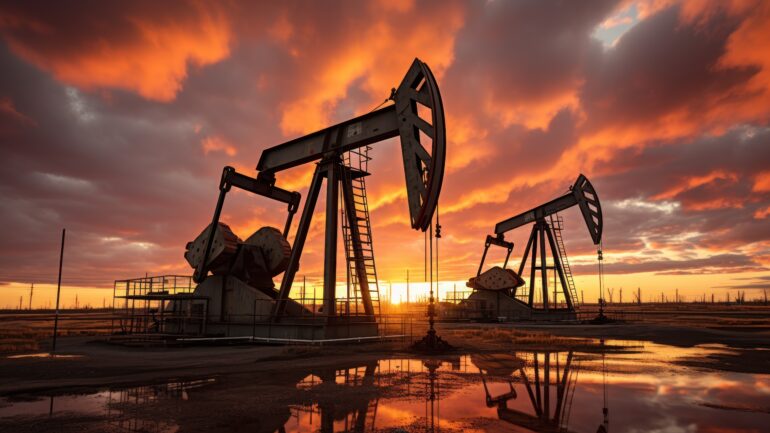Oil in the Doldrums

The global oil market is experiencing turbulence, with slowing demand causing prices to plummet to a 37-month low. While lower prices benefit inflation and trade, concerns over global economic growth look set to temper the gains.
Global oil markets are treading uncertain waters. As of September 2024, oil prices have dropped to a significant low of $71 per barrel, the lowest in over three years, due to a complex mix of weakening demand and supply-side adjustments. While geopolitical factors and OPEC+ strategies continue to influence the market’s balance, declining oil prices are also a reflection of broader concerns about global economic growth, particularly in major economies like the United States and Europe.
This situation presents a unique set of challenges and opportunities for oil-dependent countries like India. While falling oil prices can relieve inflationary pressures and improve the trade balance, the underlying cause of the price drop – global economic uncertainty – might also dampen India’s growth prospects.
The State of Oil
According to the International Energy Agency, global oil demand is slowing, with perhaps even further slowdowns expected in coming months. The sharp price decline – Brent crude, a benchmark, is down almost 25% from last year – is primarily driven by reduced industrial activity in major economies and the ongoing fallout from central banks’ tightening cycles. OPEC+ has responded to these shifts by delaying its planned output increases, attempting to stabilise the market and preventing further price falls. Meanwhile, oil inventories are building up to recession-like levels, raising concerns about a potential global economic downturn. The IEA forecasts oil prices are unlikely to rebound in the near term, given these demand-side challenges and the possibility of further economic slowdowns.
Saudi Arabia’s aggressive oil output cuts over the past two years haven’t been able to prop up prices and stop declining revenues either. Officials now face a tough decision: while gradual output increases are planned for the next year, there’s growing pressure to ramp up production to reclaim market share. Though this shift would bring economic challenges and mark a significant reversal for Crown Prince Mohammed bin Salman’s oil policy, it may be necessary to sustain the Kingdom’s competitive position, according to consultancy Capital Economics.
The slowdown in oil demand has broader implications though, especially for emerging markets like India, which rely heavily on energy imports to power their economies.
Indian Reverberations
India imports nearly 85% of its oil, making it highly sensitive to price fluctuations. Typically, lower oil prices are a boon to the economy, easing inflationary pressures, reducing the current account deficit, and enhancing business sentiment. With Brent crude prices at $71 per barrel, India could experience some macroeconomic relief. For instance, every 10% reduction in oil prices is expected to lower headline consumer price index (CPI) by 40 basis points and wholesale price index (WPI) by 80 basis points. Moreover, oil imports account for over 26% of India’s total imports, and the decline in prices could shrink the current account deficit from 3.4% to 0.7% of GDP.
However, the silver lining comes with caveats. The global economic slowdown driving the oil price decline could also weaken India’s export growth and dampen overall economic confidence. While inflation may ease, the broader economic outlook might take a hit, with business confidence and capital expenditure potentially slowing. Additionally, oil marketing companies in India may resist cutting fuel prices due to existing losses, tempering the inflationary benefits expected from lower global prices.
Morgan Stanley’ highlights while falling oil prices could open up room for monetary easing, the RBI is likely to remain cautious. Inflation is projected to stay around 4.5%, meaning immediate rate cuts are unlikely. However, should oil prices remain low and global growth falter, the Indian government may be compelled to adjust its monetary policy to support domestic growth. The balance between inflation control and economic stimulus will be critical in shaping India’s response.


